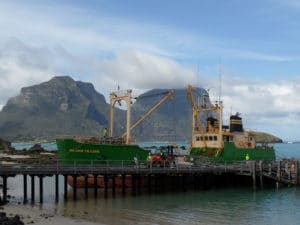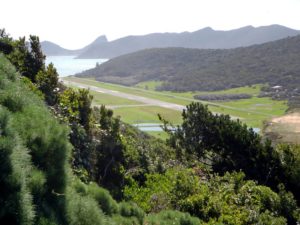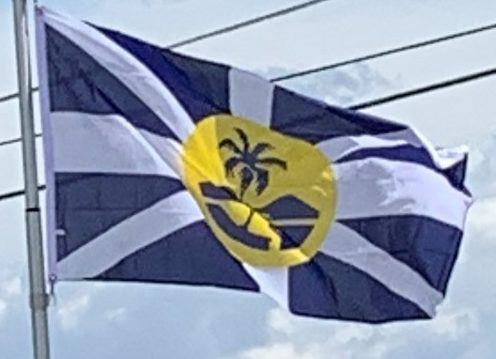
There is a small four-bed hospital and dispensary. A small botanic garden displays labelled local plants in its grounds. Diesel-generated power is 240 volts AC, as on the mainland. There is no public transport or mobile phone coverage, but there are public telephones, fax facilities and internet access as well as a local radio station and newsletter, The Signal.
Tourist accommodation ranges from luxury lodges to apartments and villa units. The currency is the Australian dollar, and there are two banks. There are no camping facilities on the island and remote-area camping is not permitted. To protect the fragile environment of Ball’s Pyramid (which carries the last remaining wild population of the endangered Lord Howe Island stick insect), recreational climbing there is prohibited. No pets are allowed without permission from the Board. Islanders use tanked rainwater, supplemented by bore water for showers and washing clothes.
Transportation:
Access to Lord Howe Island is by either once every other week boat from Port Macquarie or by air with Qantas Airlink from Brisbane, Sydney, and Port Macquarie during high season.
Lord Howe Island (along with Norfolk Island) is an important transit and refueling point for light aircraft flying between Australia and New Zealand. Located 373 miles to the west is the Australian mainland, and 559 miles to the east is Norfolk Island Airport which is within range of New Zealand to the southeast and New Caledonia to the north. These countries are within the range of many light aircraft when fitted with extra fuel tanks and operating via the two islands, but not while flying directly between them. From New Caledonia, other Pacific nations such as Vanuatu and Fiji are within range and can be used as further ‘stepping stones’ to other South Pacific and North Pacific destinations.

There are hire cars available but most visitors find they do not need them given the small size of the island. All lodging providers meet guests at the airport for transfer. Most attractions are within easy walking distance although bikes are also available for rental. Because of the small size of the island, there is no public transit system.
The Flag:
The Flag of Lord Howe Island is the unofficial flag of the island, an unincorporated area of New South Wales administered by the Lord Howe Island Board.

The unofficial flag of Lord Howe Island, which was designed by Sydney-based vexillologist John Vaughan, was first flown in November 1998. The yellow center of the flag evokes the island’s topography and depicts a Kentia palm, while the surrounding area of flag utilizes the pre-1801 Union Jack, excluding the red of St George’s Cross.
